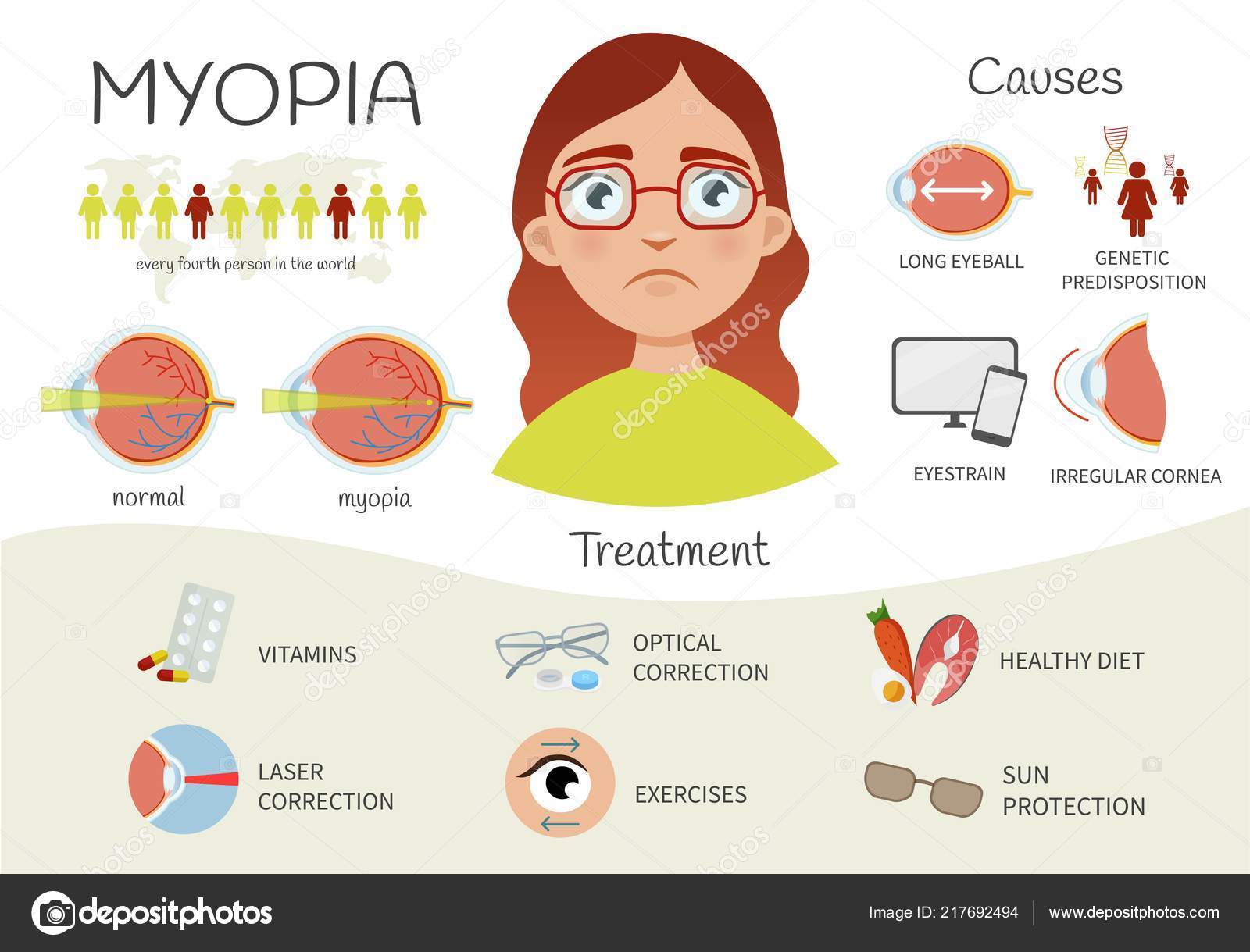Contrasting Conventional And Modern Approaches To Treating Glaucoma
Contrasting Conventional And Modern Approaches To Treating Glaucoma
Blog Article
Post Author-Kahn Petersson
Did you recognize that the advancement of glaucoma therapy methods extends centuries, incorporating both typical treatments and sophisticated advancements? From old natural mixtures to innovative Minimally Intrusive Glaucoma Surgery techniques, the spectrum of options is huge. As you explore the ins and outs of typical versus ingenious approaches, you may reveal unexpected understandings that test traditional point of views on treating this common eye condition.
Historical Development of Glaucoma Treatments
The historic advancement of glaucoma therapies dates back to old people where various solutions were used to manage the problem. In old Egypt, for instance, treatments included a mixture of honey, fat, and sour milk applied to the eyes. The Greeks and Romans additionally contributed to early glaucoma treatments with a concentrate on topical applications and dietary interventions. Throughout history, diverse cultures established special approaches to alleviate the symptoms of glaucoma, often rooted in natural remedies and superstitious notions.
As time progressed, developments in clinical expertise resulted in more organized techniques to treating glaucoma. Between Highly recommended Internet site , Arabic scholars made substantial payments by studying the anatomy of the eye and establishing surgical methods to address eye problems. These early technologies laid the structure for contemporary glaucoma therapies that we've today. Comprehending Average Cost Of LASIK Per Eye of glaucoma therapies gives beneficial insights into the constant progress and improvement of medical practices over the centuries.
Contrast of Traditional Approaches
In contrasting standard techniques for dealing with glaucoma, consider the historic contexts and performance of different treatments.
Conventional therapies for glaucoma have actually developed over centuries, from old practices like making use of honey and wine to much more recent innovations such as eye drops and surgical procedures. Historically, remedies like the application of leeches or natural mixtures were made use of to relieve signs, however their effectiveness was restricted.
As time progressed, techniques like iridectomy, where a part of the iris is removed, ended up being prominent for lowering intraocular pressure. Some standard approaches, like utilizing dental medicines to lower eye pressure, have actually stood the test of time and are still used today. Nevertheless, these treatments frequently include adverse effects and may not be as reliable as modern-day alternatives.
It's necessary to consider the historic importance of conventional glaucoma treatments versus their efficacy in the context of existing medical developments.
Assessment of Ingenious Treatment Techniques
Considering the developing landscape of glaucoma treatment, innovative techniques are transforming the method this eye condition is managed.
One noteworthy advancement is minimally intrusive glaucoma surgical treatment (MIGS), which provides a much less intrusive option to typical procedures. MIGS intends to lower intraocular pressure by enhancing the eye's all-natural drain system, resulting in fewer problems and faster recuperation times contrasted to conventional surgeries.
Additionally, the advancement of sustained-release medicine delivery systems has actually given an extra effective way to administer glaucoma medication. These systems can release medication slowly over an extended period, improving individual adherence and reducing the regularity of eye drops.
Additionally, emerging modern technologies like careful laser trabeculoplasty (SLT) use a non-invasive choice for decreasing intraocular stress by targeting certain cells in the eye's drain system.
Conclusion
As you assess the advancement of glaucoma treatments, you can see how traditional techniques have actually led the way for innovative techniques to arise.
From ancient treatments to contemporary improvements, the journey of treating this complex eye condition has resembled a rollercoaster trip.
Yet with new methods like MIGS and sustained-release medication distribution, the future looks brighter than ever for people seeking reliable and less intrusive solutions.
